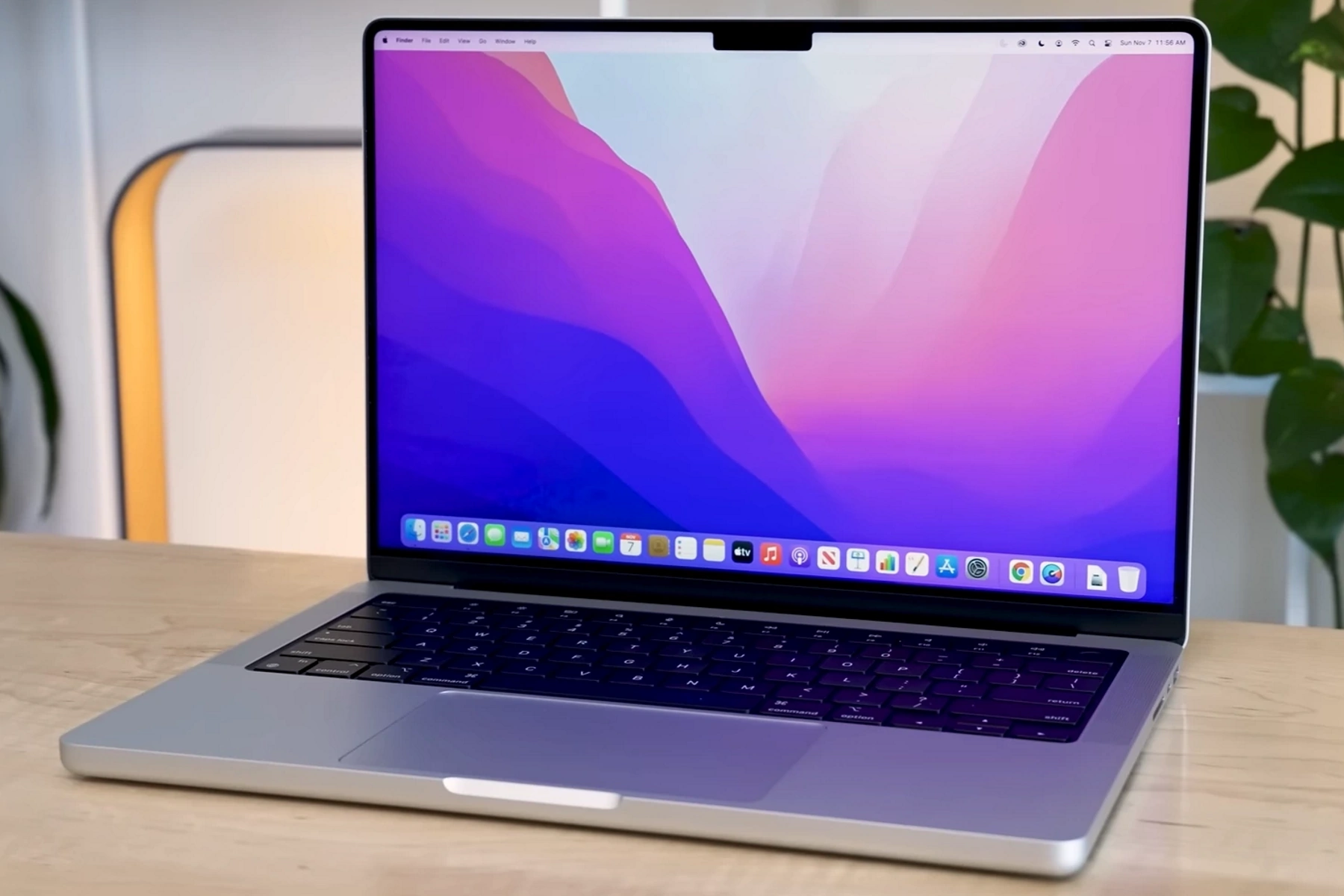There’s nothing more frustrating than working on your MacBook M2 Pro or M2 Max and feeling it getting uncomfortably hot. Overheating can not only make using your MacBook unpleasant, but it can also damage the internal components and shorten the life of your device. No need to panic, though! We’ve got your back with this easy step-by-step guide to help you fix the overheating issue on your MacBook M2 Pro and M2 Max. Let’s dive right in!
Tips to Fix MacBook M2 Pro and Max overheating issue
1. Check Activity Monitor for Resource-Hogging Apps
- Press Command + Space to open Spotlight.
- Type Activity Monitor and hit Enter to open it.
- Click the CPU tab to view which apps are using the most processing power.
If you see an app using an unusually high percentage of CPU, select it and click the X button in the top-left corner to quit the app.
2. Manage Your Startup Items
- Open System Settings and click General
- Click the Login Items tab.
- Uncheck any unnecessary apps that you don’t want to start automatically when you log in.
3. Update Your Operating System and Apps
- Open System Settings and click General
- Click Software Update and install any available updates.
- Open the App Store and click on Updates to check for and install updates for your installed apps.
4. Clean Your MacBook’s Vents and Fans
Turn off your MacBook and unplug it from any power sources.
Use a soft brush or canned air to clean the vents and fans gently. Be careful not to damage any components.
If you’re comfortable with disassembling your MacBook, you can open it and clean the fans and heatsink more thoroughly. If not, consider taking it to a professional.
5. Adjust Energy Saver Settings
Optimizing your MacBook Pro M2’s energy settings can improve battery life and overall performance. To configure Energy Saver settings, follow these steps:
- Open System Settings and click General.
- Click on Battery and adjust the settings for Battery and Power Adapter modes (Low Power, Automatic and High Power). Scroll down and click on Options and check Put hard disks to sleep when possible.
- Next click on Displays and lower the display Brightness, adjust Refresh rate, Preset. Click on Advanced and adjust the settings for Battery & Energy. Check the box for Slightly dim the display on battery to minimize battery usage.
- Next click on Lock Screen menu and adjust the duration for Turn display off on battery when inactive.
6. Use a Cooling Pad or External Fan
Purchase a laptop cooling pad or an external USB fan designed for laptops.
Place your MacBook on the cooling pad or position the external fan to blow cool air onto the bottom or side of your MacBook.
7. Reset the System Management Controller (SMC)
- Shut down your MacBook.
- Connect the power adapter to your MacBook and a power source.
- Press and hold the Control + Option + Shift keys on the left side of your keyboard.
- While holding these keys, press and hold the Power button for 10 seconds.
- Release all keys and turn on your MacBook.
8. Monitor Your MacBook’s Temperature
Download a temperature monitoring app, such as Macs Fan Control or iStat Menus.
Install the app and use it to monitor your MacBook’s temperature regularly. Adjust fan settings if necessary to keep temperatures within safe limits.
Conclusion
So, there you have it! By following these tips, you should be able to troubleshoot and fix the overheating issue on your MacBook M2 Pro and M2 Max. Remember, it’s essential to keep your MacBook clean and up to date, as well as to monitor its temperature regularly to prevent further overheating issues. If you’ve tried all these steps and your MacBook still overheats, it’s best to consult a professional or contact Apple Support for further assistance.

